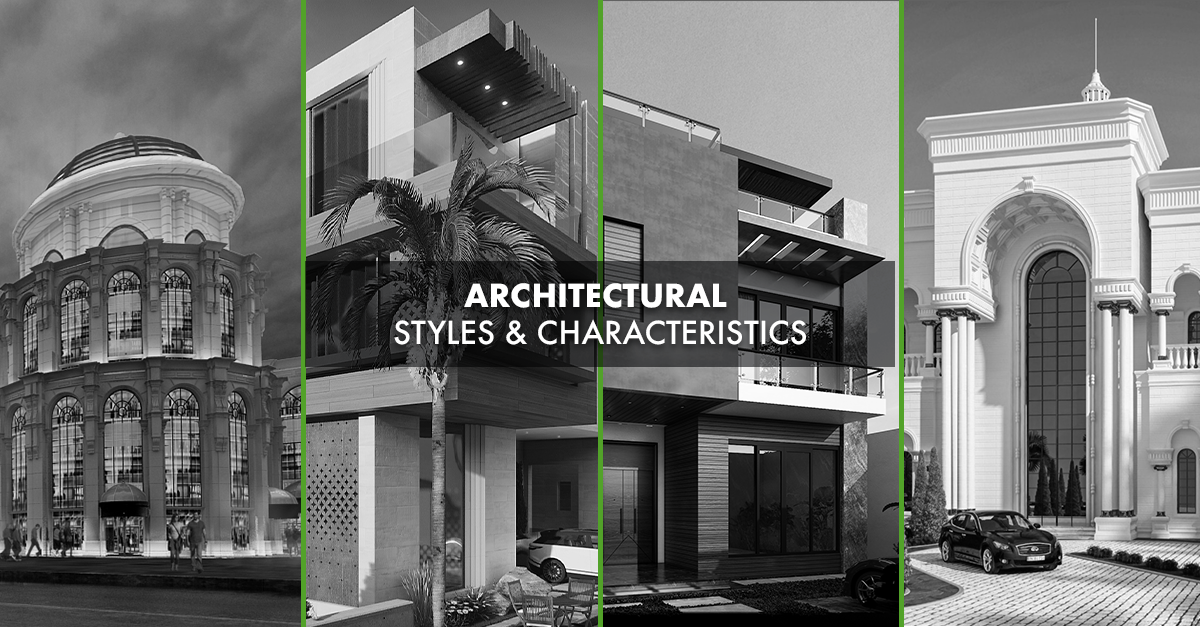Architectural Styles and Characteristics
Overview of Architectural styles and characteristics
Architectural styles are a reflection of their historical context and the cultural values of the time. The development of architectural styles can be traced back to ancient civilizations, with each period characterized by its unique features and design elements.
Understanding the historical context of architectural styles is essential in appreciating the significance of different buildings and structures.
We will explore some of the most common architectural styles and their distinctive features.
1- Classical Architecture:
Classical architecture emerged in ancient Greece and Rome, and its influence can still be seen in many buildings today.
It is characterized by its emphasis on proportion, symmetry, and order.
The classical architecture features columns, pediments, and other decorative elements inspired by ancient Greek and Roman architecture.
2- Gothic Architecture:
Gothic architecture emerged in the Middle Ages, and it is characterized by its pointed arches, ribbed vaults, and ornate decoration.
Gothic cathedrals, with their soaring spires and intricate stone carvings, are some of the most impressive examples of this style.
3- Renaissance Architecture:
Renaissance architecture emerged in Italy during the 15th and 16th centuries.
It is characterized by its emphasis on balance, symmetry, and harmony.
Renaissance architecture features classical motifs like columns, arches, and domes,
but it also incorporates new techniques like perspective and the use of light and shadow.
4- Baroque Architecture:
Baroque architecture emerged in the 17th century and is characterized by its ornate decoration and dramatic use of light and shadow.
Baroque architecture features curved lines, elaborate ornamentation, and a sense of movement and energy.
5- Neoclassical Architecture:
Neoclassical architecture emerged in the 18th century and is characterized by its revival of classical architectural forms and motifs.
Neoclassical buildings feature columns, pediments, and other classical elements, but they are often simplified and stripped of their ornamentation.
6- Art Nouveau Architecture:
Art Nouveau architecture emerged in the late 19th and early 20th centuries and is characterized by its use of organic forms and flowing lines.
Art Nouveau buildings feature curving lines, floral motifs, and a sense of movement and dynamism.
7- Modern Architecture:
Modern architecture emerged in the early 20th century and is characterized by its emphasis on function and simplicity.
Modern buildings feature clean lines, simple forms, and the use of modern materials like steel and glass.
8- Postmodern Architecture:
Postmodern architecture emerged in the 1960s and 1970s and is characterized by its
rejection of the modernist principles of simplicity and function.
Postmodern buildings often feature a mix of historical and modernist elements,
as well as whimsical and playful details.
Learn more about architecture from our senior engineers
You can follow us on Social media Facebook, instagram and Linkedin













